The Remote and Digital Tower concept has the potential to liberate aerodrome Air Traffic Services (ATS) and act as an enabler for the modernisation and evolution of the service. Click here for a quick introduction to the concept.
Remote and Digital Towers is a concept that Think have helped to develop and one which, in recent years, has really been embraced by the industry. We are making these resources public in order to help share information on the concept, information on ongoing and future developments and also to provide our own insights.
Remote & Digital Tower Locations
To help to visualise the current uptake of Remote and Digital Towers and to create a helpful resource which the ATM community can use, we have created a ‘living map’
This unique dataset brings together sources from global ANSPs, airports and manufacturers to present the collective landscape of the concept. This information is presented as a map showing the past, current and future developments
The map shows the location of each target airport and provides a summary of information on the intended operation, the applicable ANSP and equipment manufacturer and other key information. The map is interactive, enabling you to focus on specific regions of interest or filter to focus on a selection.
We have used the pins to categorise each development according to its maturity as follows:
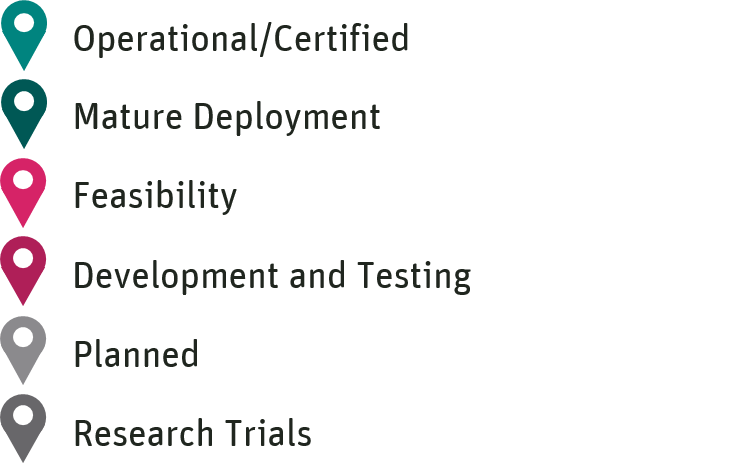
We hope to maintain this as a living information tool, providing a unique and independent view of Remote and Digital Towers worldwide, helping to reveal trends and track progress over time. All data is made openly available for industry benefit.
Map Insights
 Loading...
Loading...
We welcome and encourage engagement to help keep this resource up to date. If you have another Remote or Digital Tower project that is not listed on this map or you want to make changes to an existing location, then please email us at: info@think.aero and we will send you details of the information required in order for us to do this.
Our expertise and experience
Think have been central to the development of the Remote and Digital Tower concept to the point where almost every implementation and pre-implementation project uses inputs written by us as a starting point. Think’s involvement in the concept began over 10 years ago in SESAR, contributing to tasks which set the baseline for Remote and Digital Tower. Since then Think have provided Remote and Digital Tower consultancy services to ANSP projects in Europe, Australasia, and the Middle East and have provided a leading voice on Remote and Digital Tower working groups within EUROCAE and CANSO.
Think has experience of the systems proposed and a long and withstanding relationship with the main systems suppliers of Remote and Digital Tower technologies. This helps us to ensure a totally independent view on the concept and in addition puts Think in a unique position to advise and support our clients to make well informed decisions regarding their Remote and Digital Tower programmes.
Brochures
To request a PDF copy of these please email us at: info@think.aero.
Over the years, Think has made several predictions which look at the potential futures of Remote and Digital Tower, circulated in industry publications such as ATM magazine, International Airport Review and EUROCONTROL’S hindsight magazine. Here we look back at these and ask, “How accurate were we?” and to see if we now need to revise our outlook for the future.
By reflecting now in the midst of this crisis we also intend to understand where we are now, where we were heading and to provide a benchmark for the new future. In the years to come we hope to use this as a time capsule, a way to help us understand how much of an impact the global pandemic really had on the future of Digital Towers and did we see it coming.
Click brochure to enlarge
Click brochure to enlarge
Delving a little deeper we look at what the future may hold for the ANSPs and airports looking to implement Remote and Digital over the next few years when operating in the “new normal”.
We have asked leading manufacturers of Digital Tower technologies to share their insights, discussing how the current global crisis may shape the future for this concept.
At Think, we have been trying to understand the problem but also to think positively about how we can find a solution. We have also asked leading manufacturers of Digital Tower technologies to share their insights, looking at how the current global crisis may shape the future for this concept.
Additional Resources
- Remote Tower- Case Study
- What next for remote tower? – White Paper
- Air Traffic Management Magazine- Are we in a remote tower paradox– Article
- EUROCONTROL- Hindsight 22- (Page 54)- Remote Tower technologies and the safety nets of tomorrow by Raluca Tudorica & Rory Hedman
- ED-240A- Minimum Aviation System Performance Standards (MASPS) for Remote Tower Optical Systems
- EASA Remote Tower Operations – GMs and AMC

Elizabet is an ATM Consultant who joined us after completing her MSc degree in Air Transport Management at Loughborough University, where she was exploring Remote Towers impact on controllers as her research project. She has experience in Fast Time Simulation modelling using AirTOp, remote towers and European airspace modernisation. Elizabet has undertaken an internship with Fraport at Varna Airport, Bulgaria as a ground handling agent and has knowledge of airport operations and aircraft surveillance.

Alongside his duties as Managing Director, Conor maintains an active role in Thinks’ Remote and Digital Tower project portfolio. Conor has been pioneering Remote and Digital Tower development since 2009 and played a key role in forming the operational concepts and technical systems widely used today. He is a regular contributor to Digital Tower thought leadership articles and has chaired expert panels dedicated to Remote and Digital Tower worldwide.
When it comes to Remote and Digital Towers our expertise extends across the whole of Think. Click here to see the rest of the team and what we can offer relating to this concept and many more.

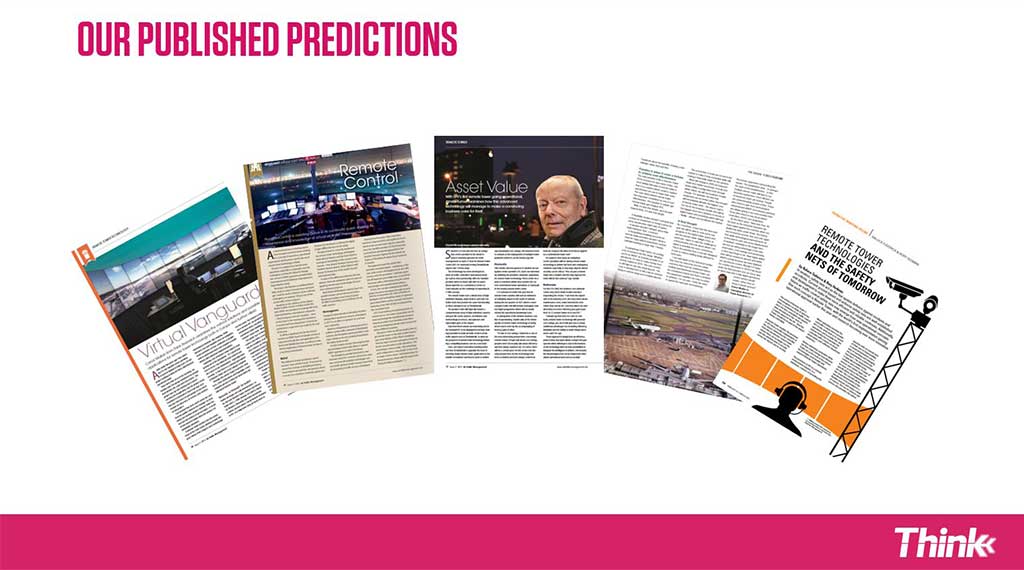
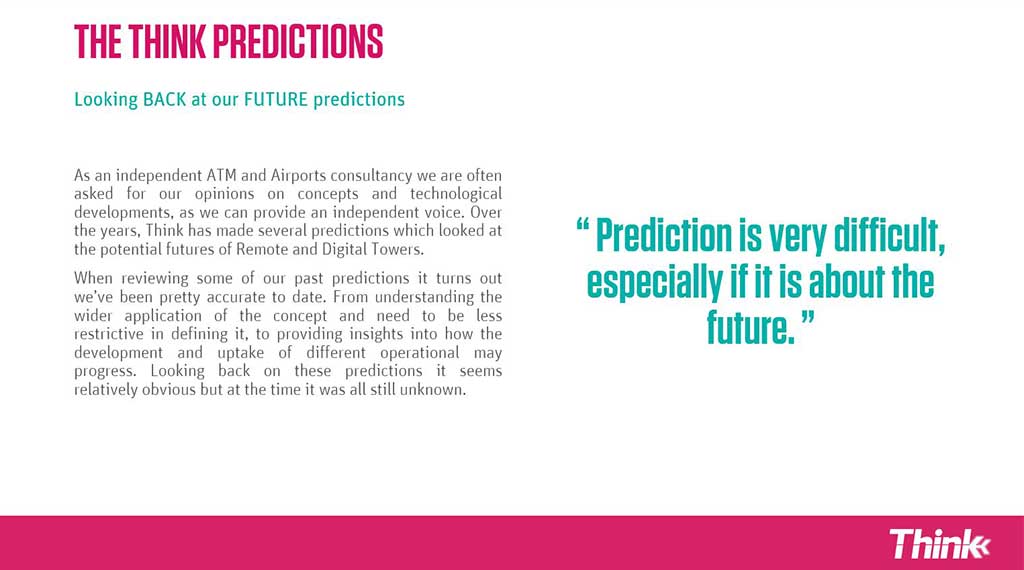
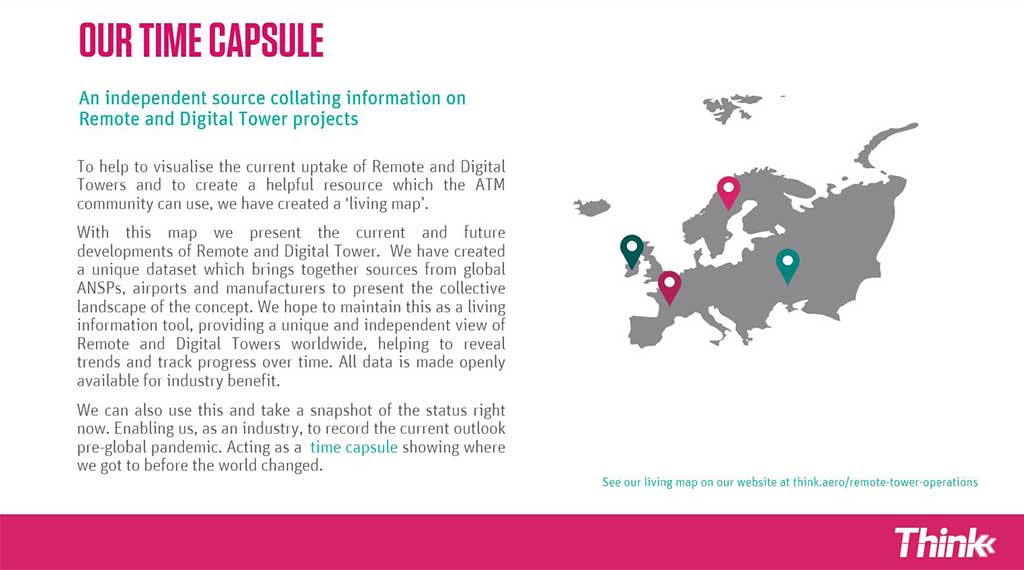
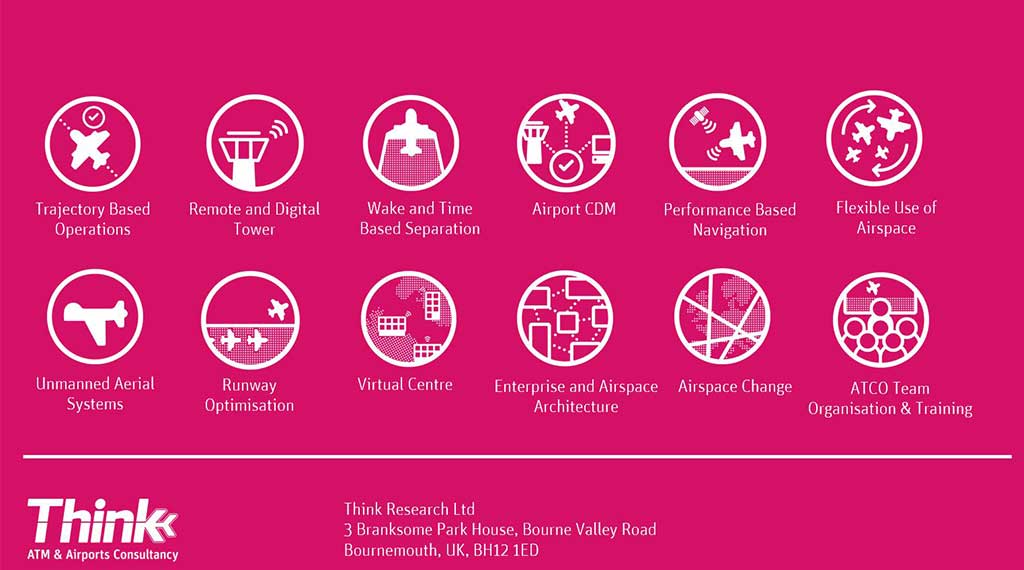
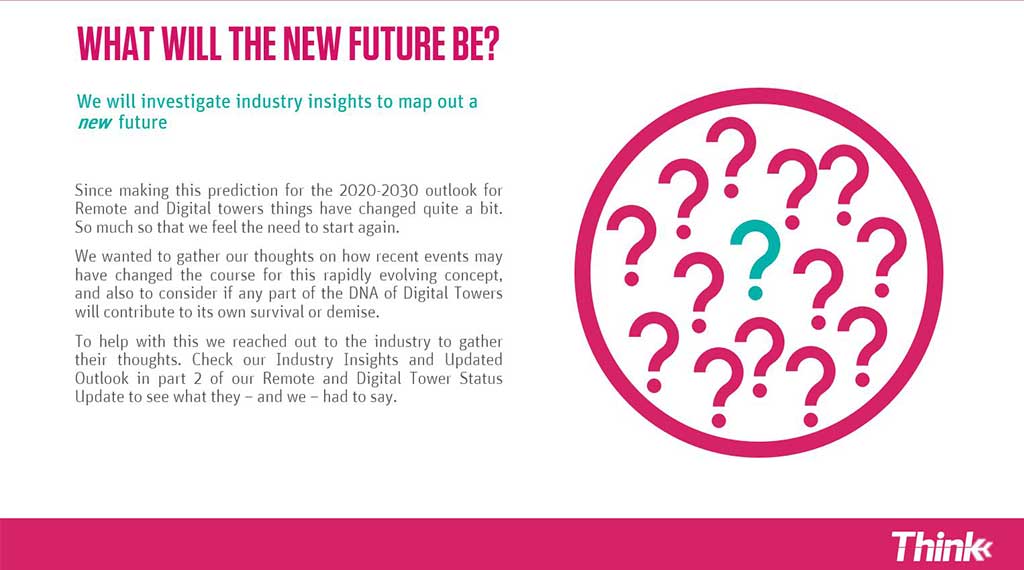
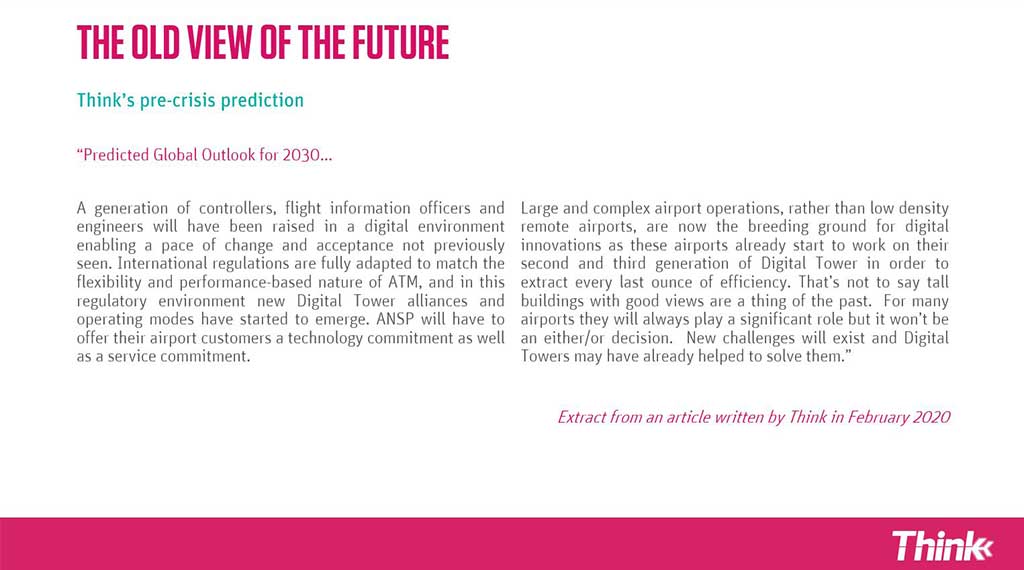
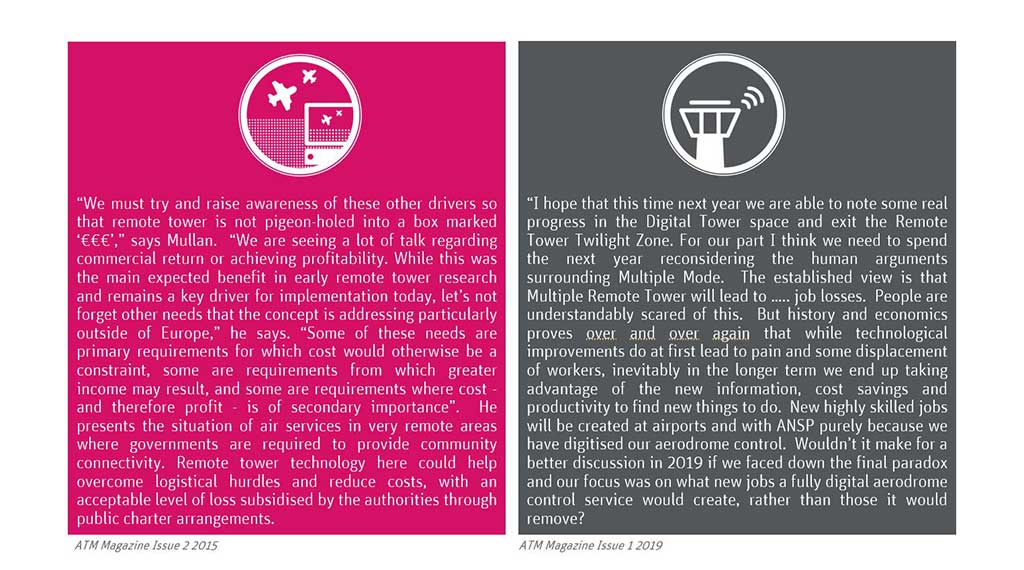
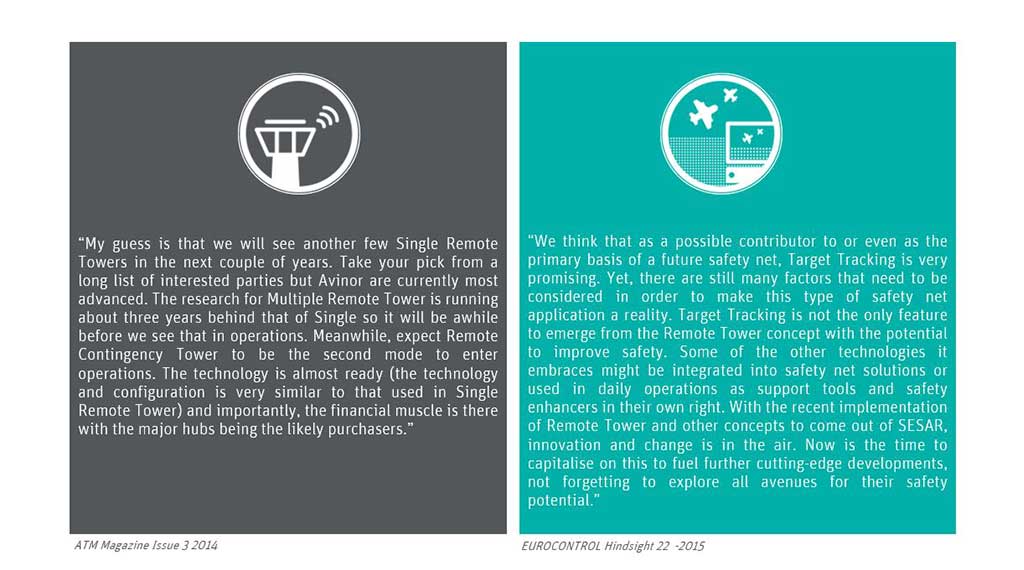
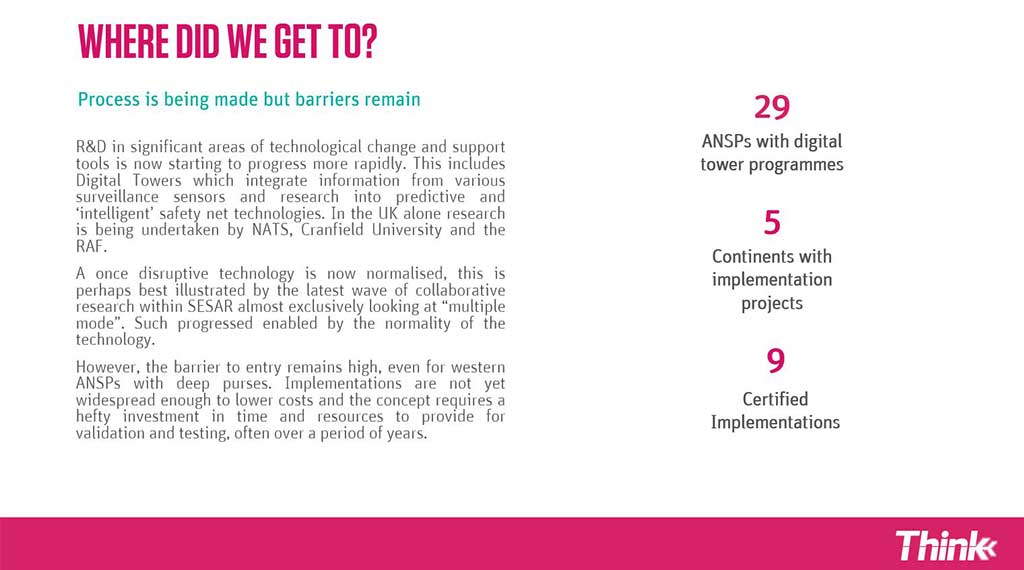
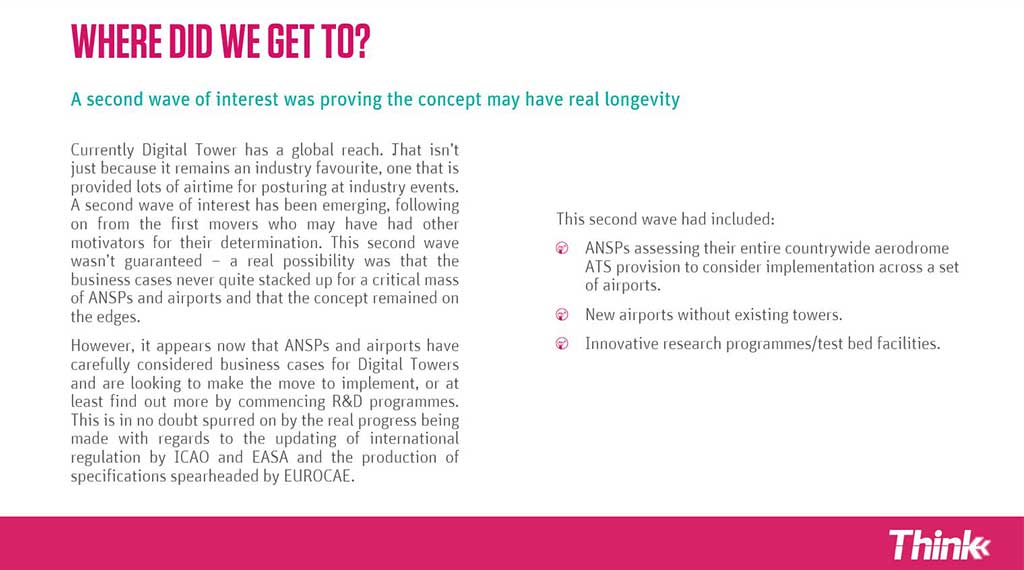
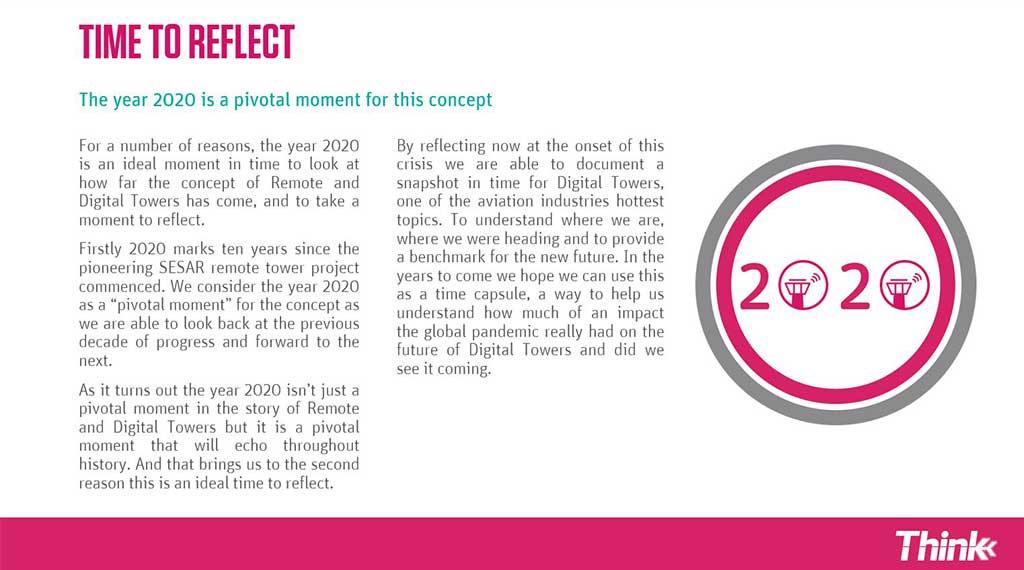
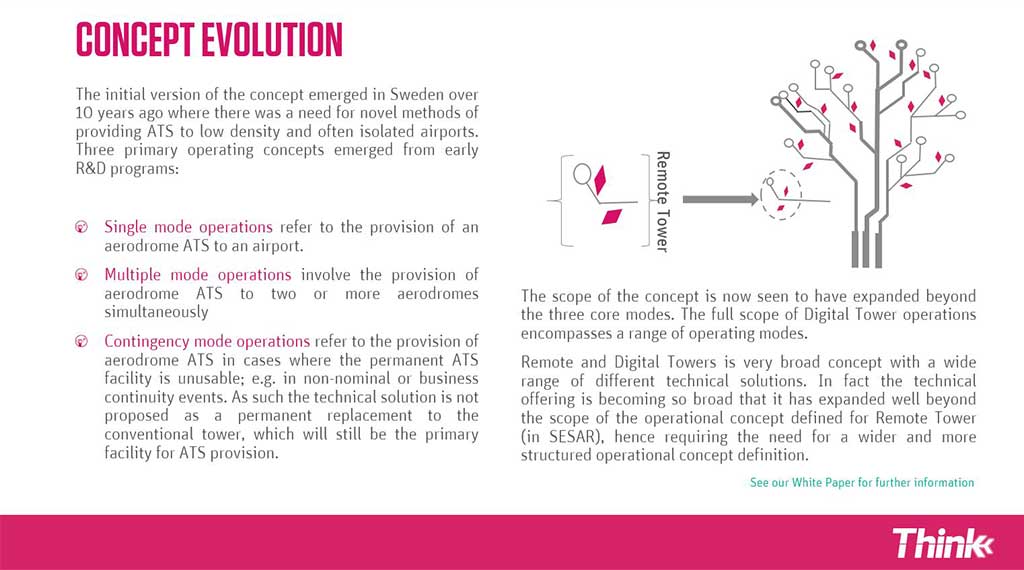

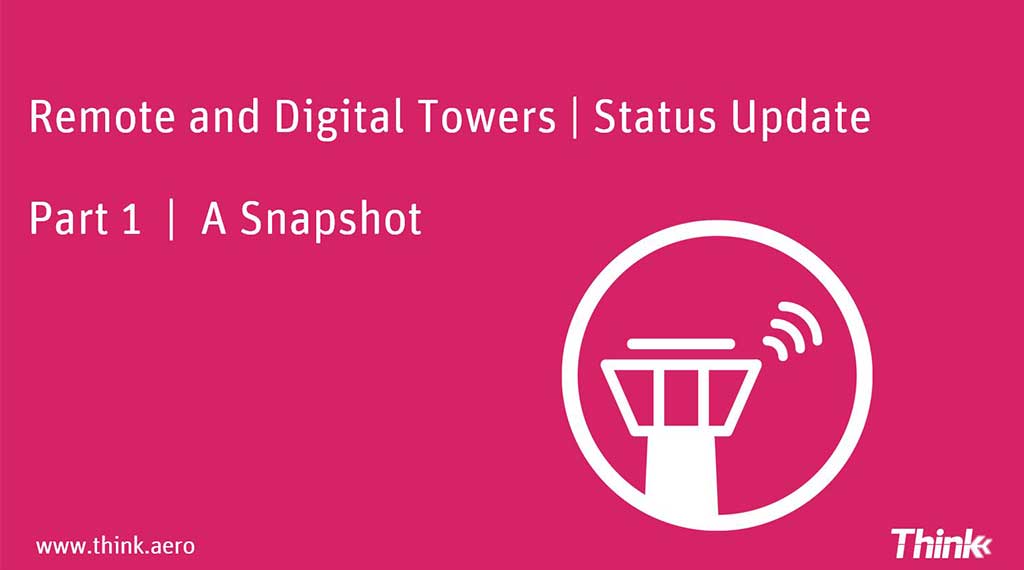
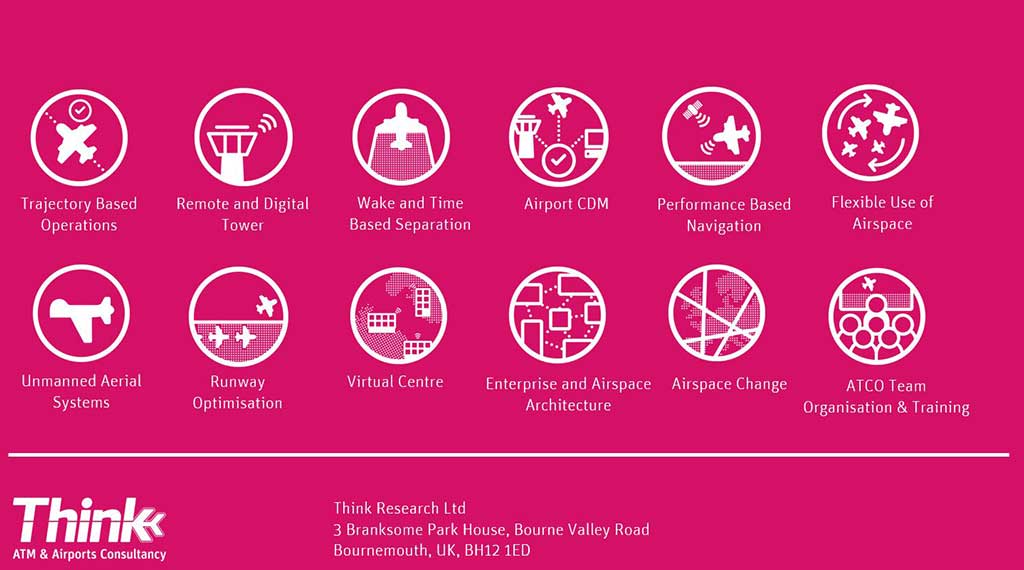
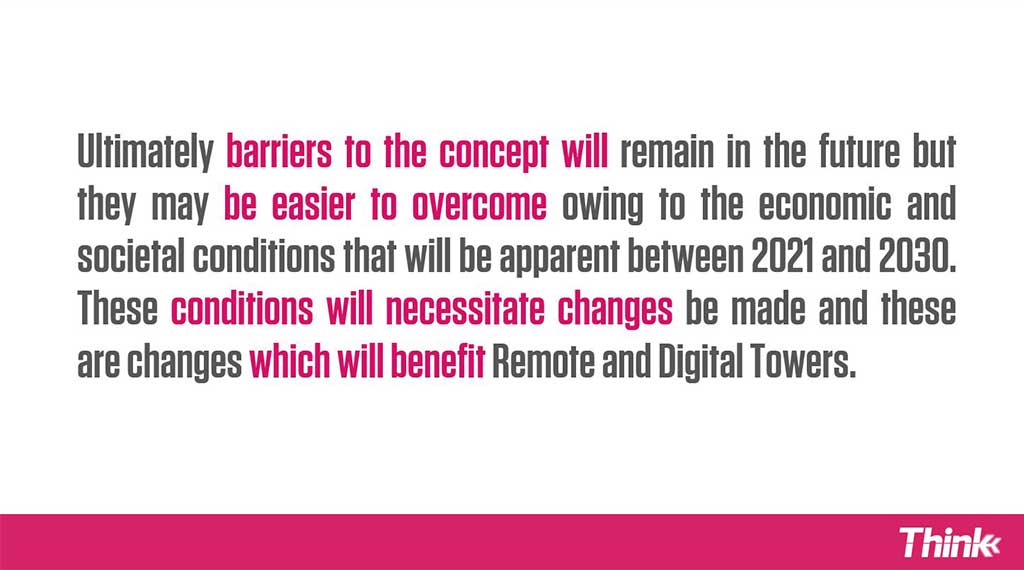

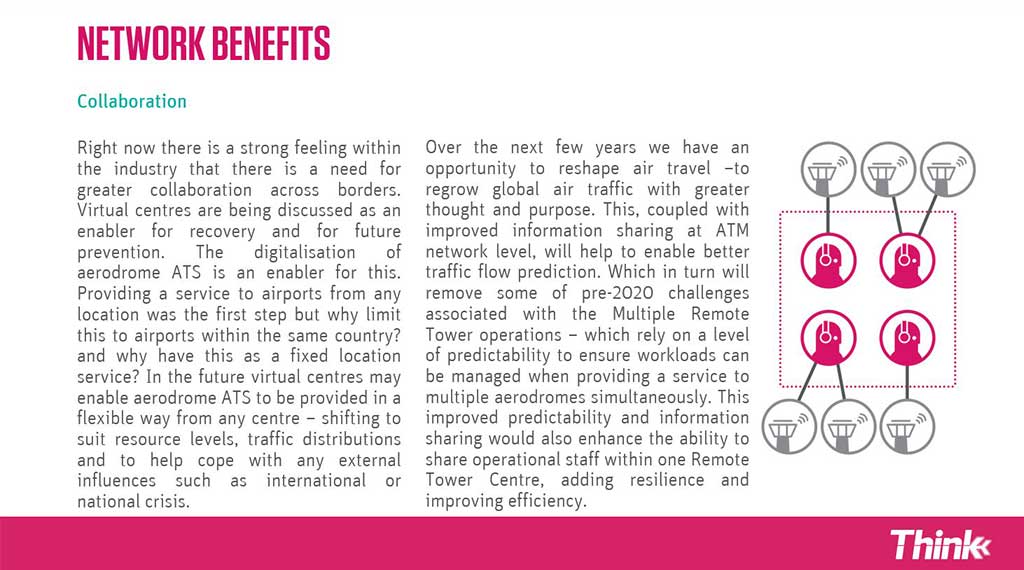
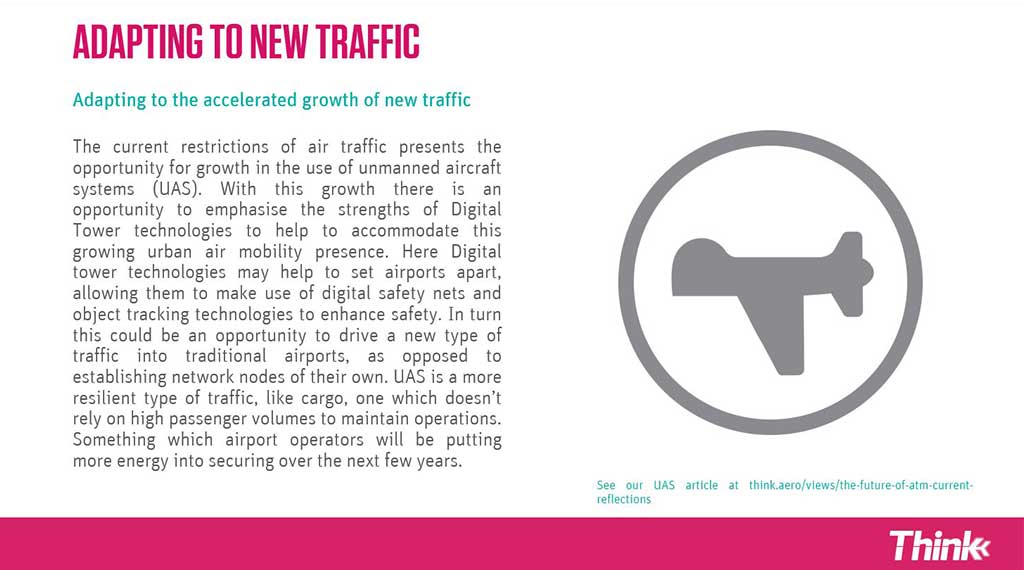

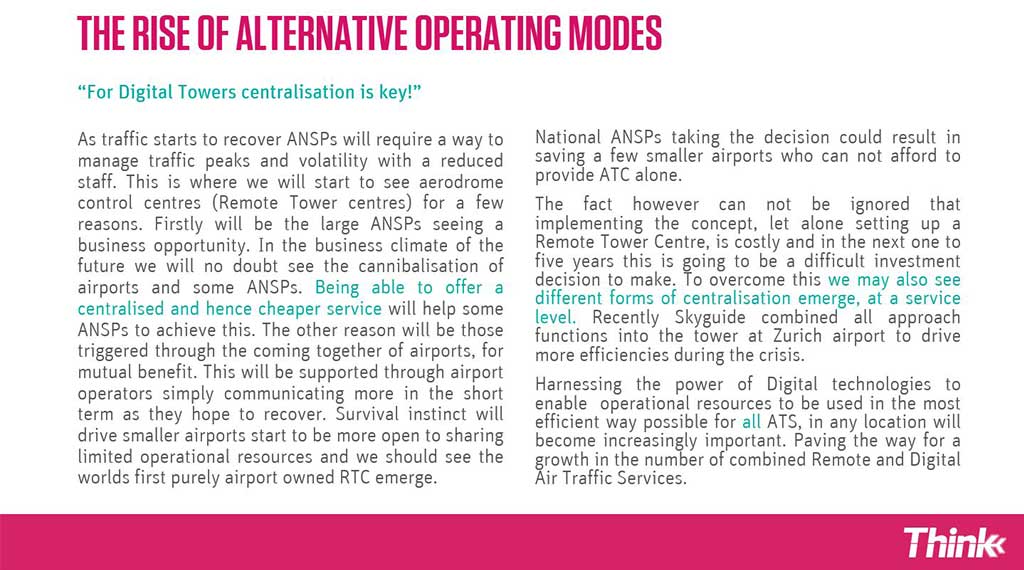
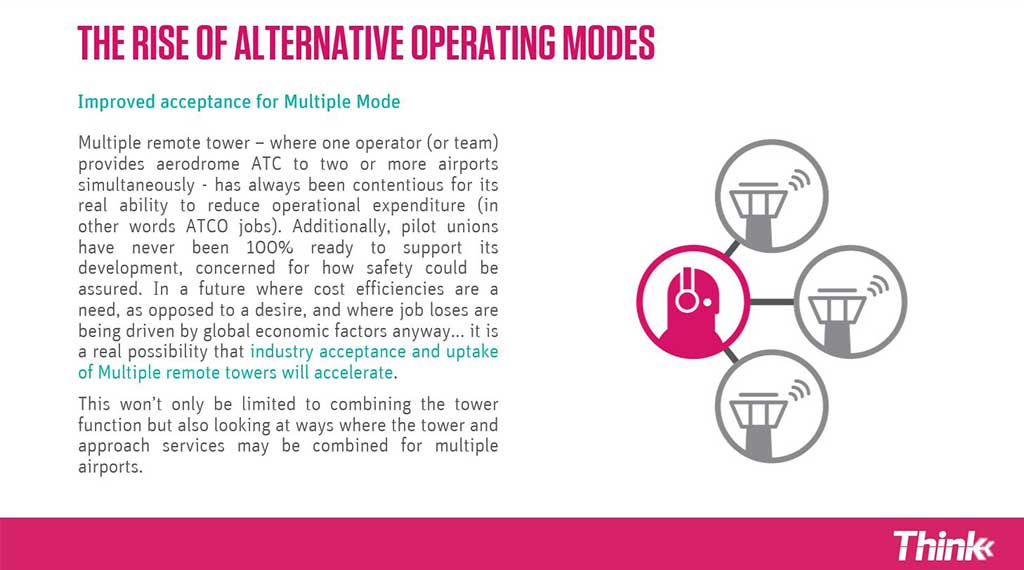
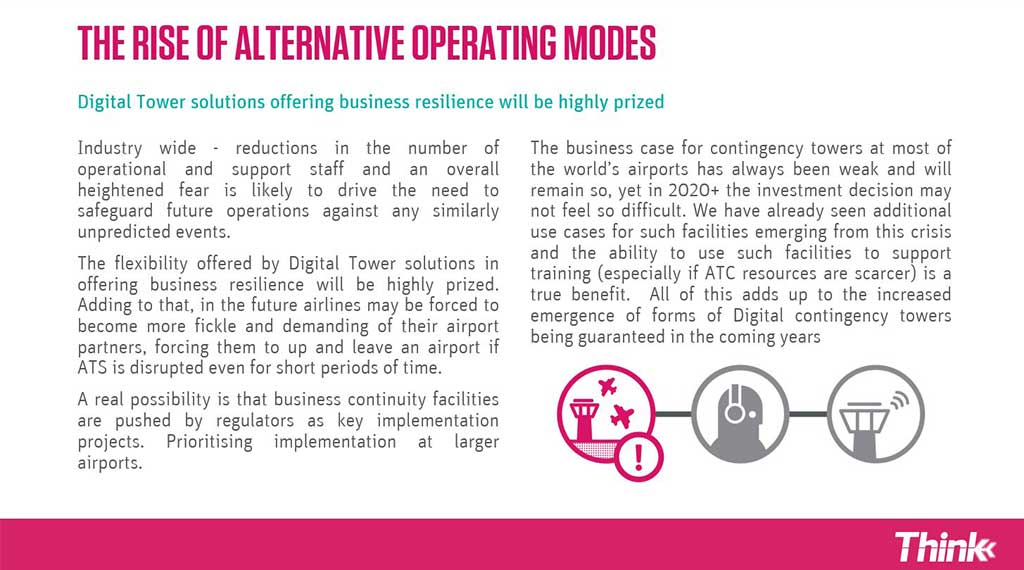

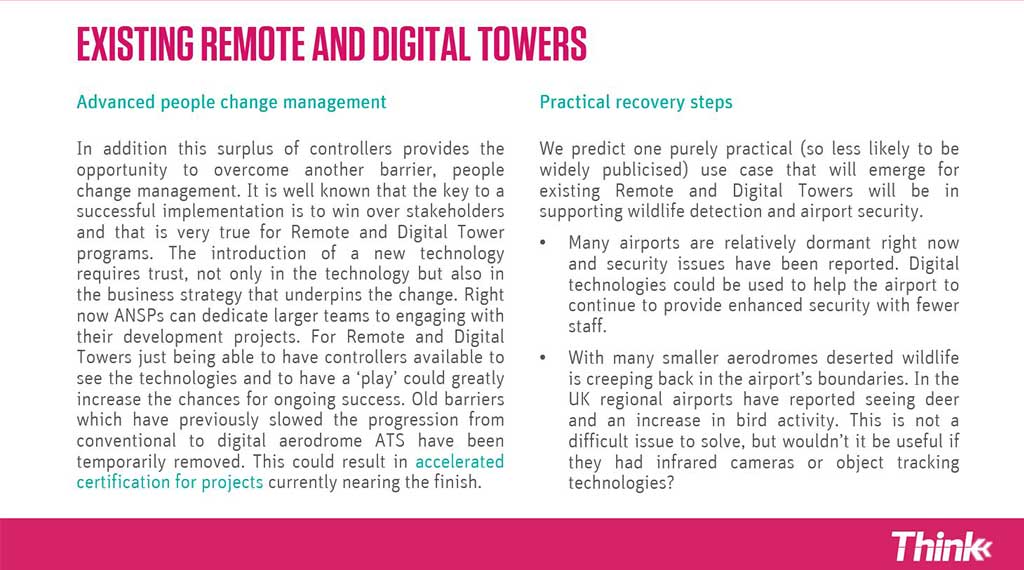
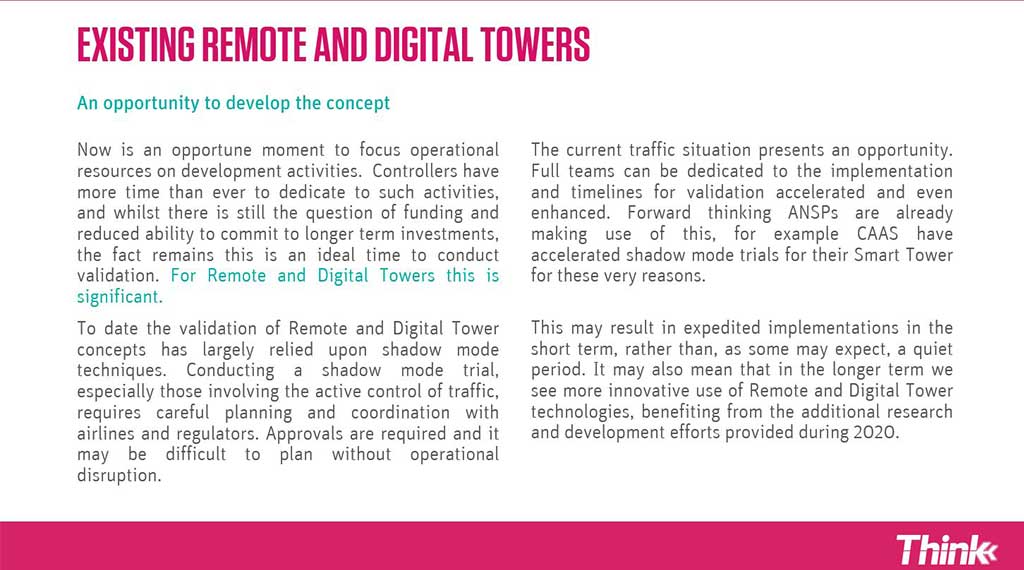
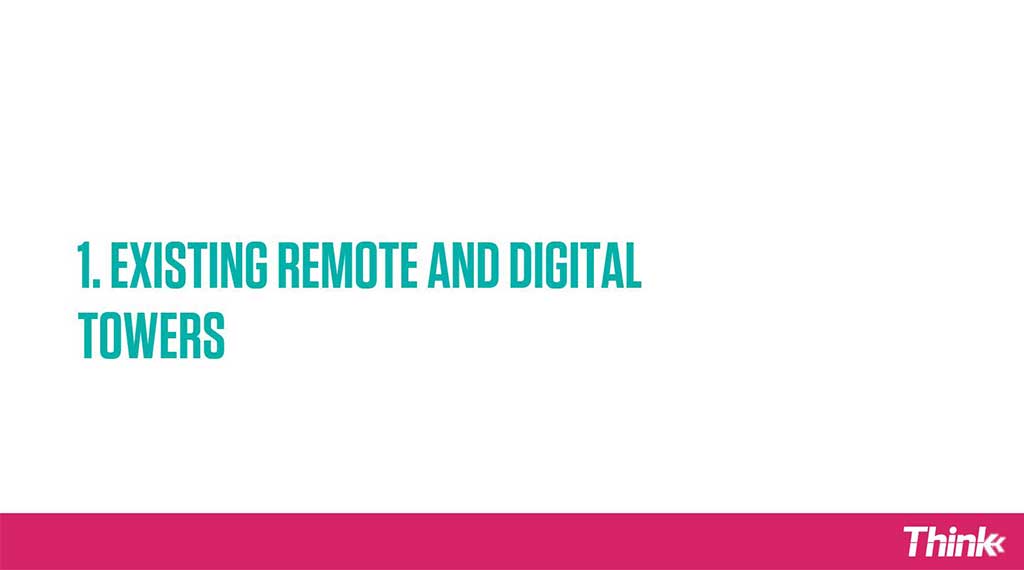
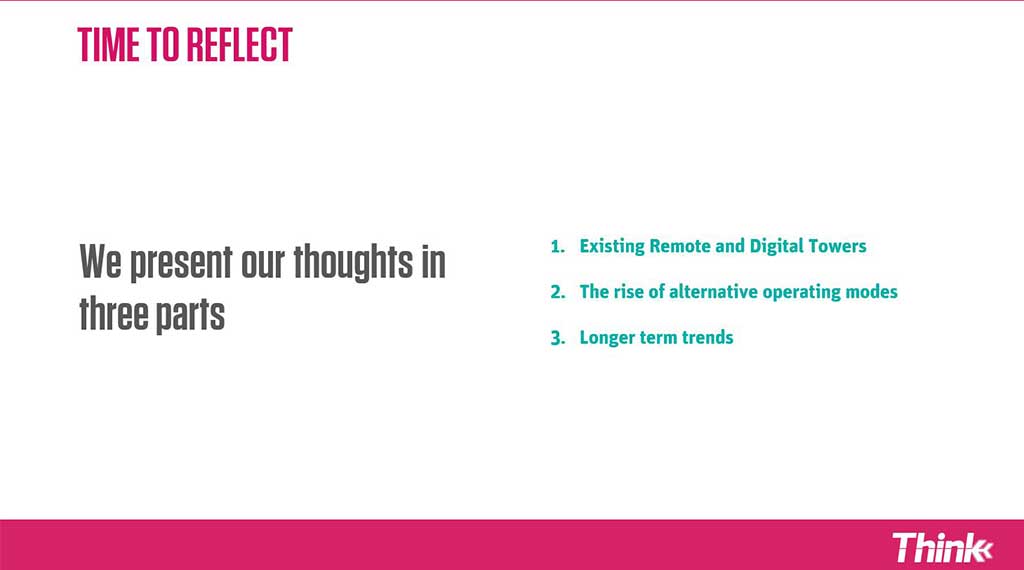



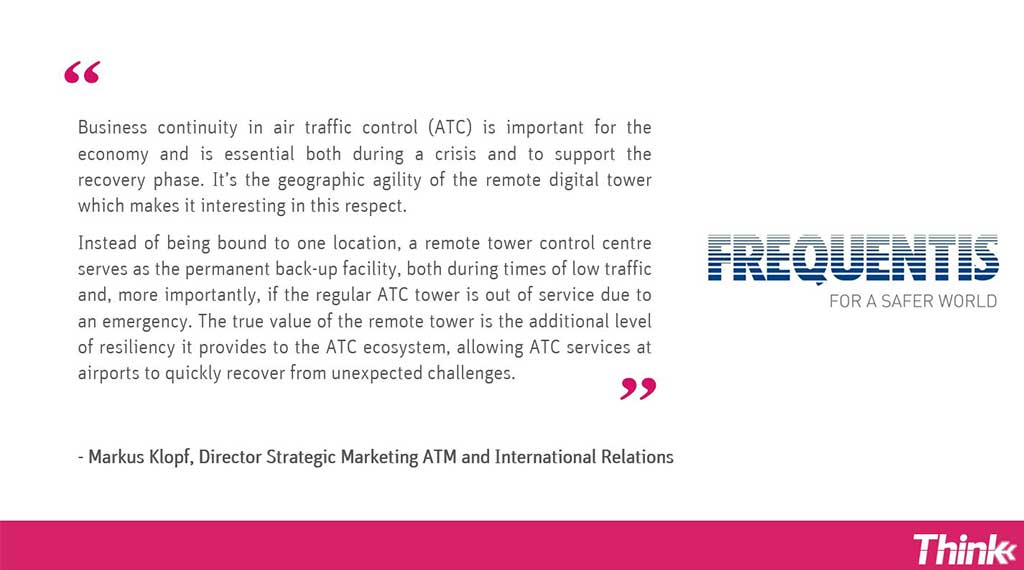
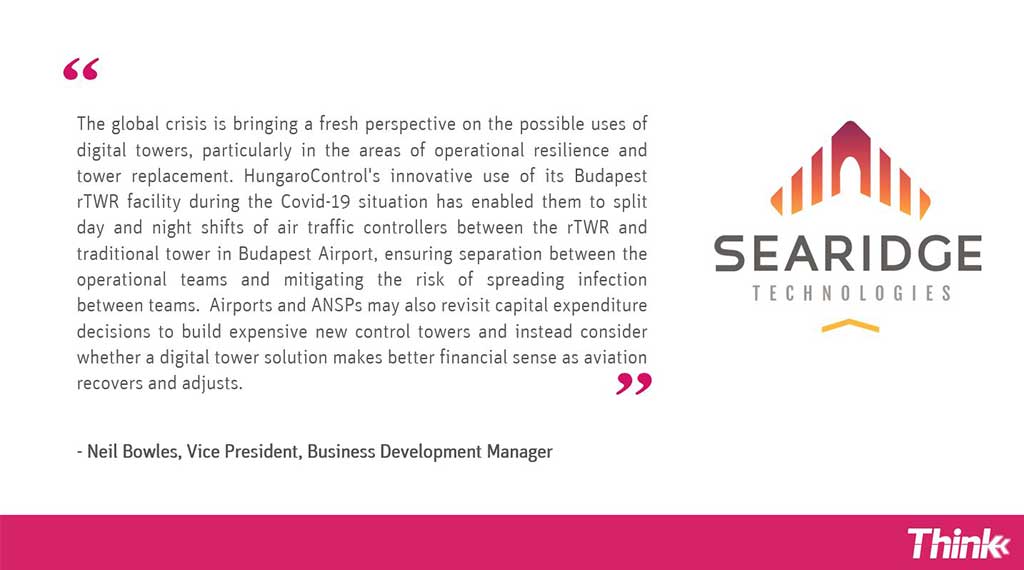
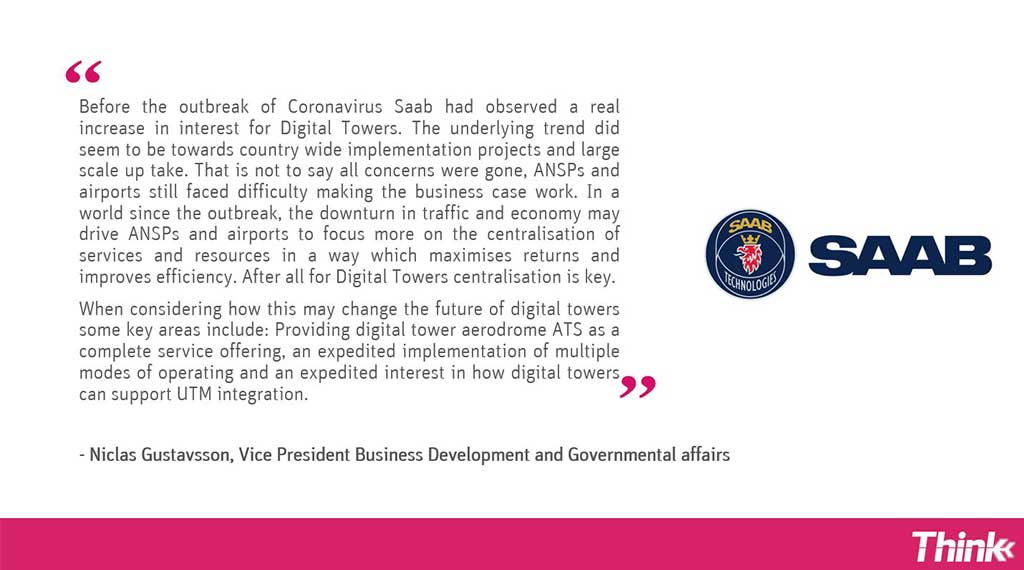
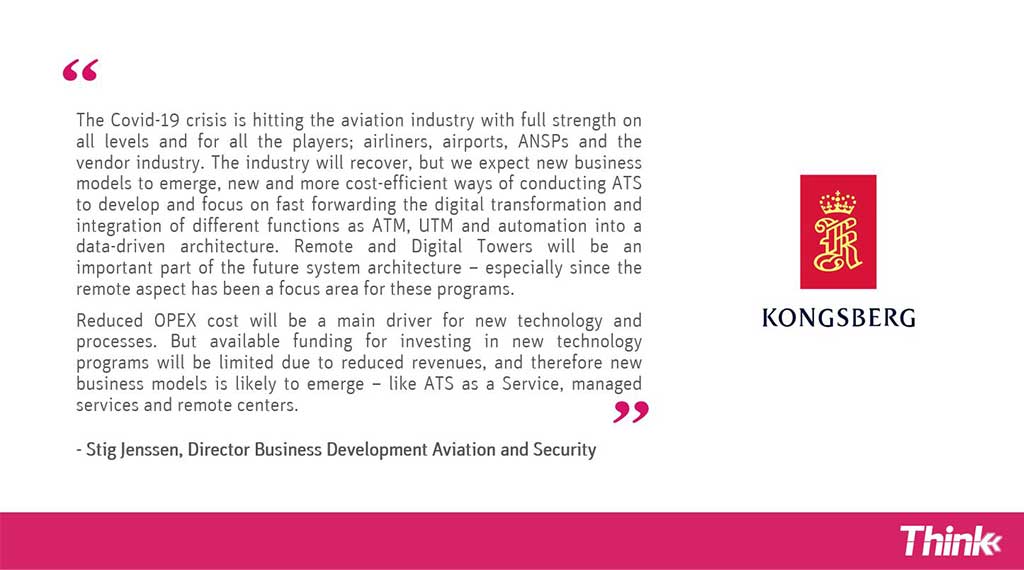


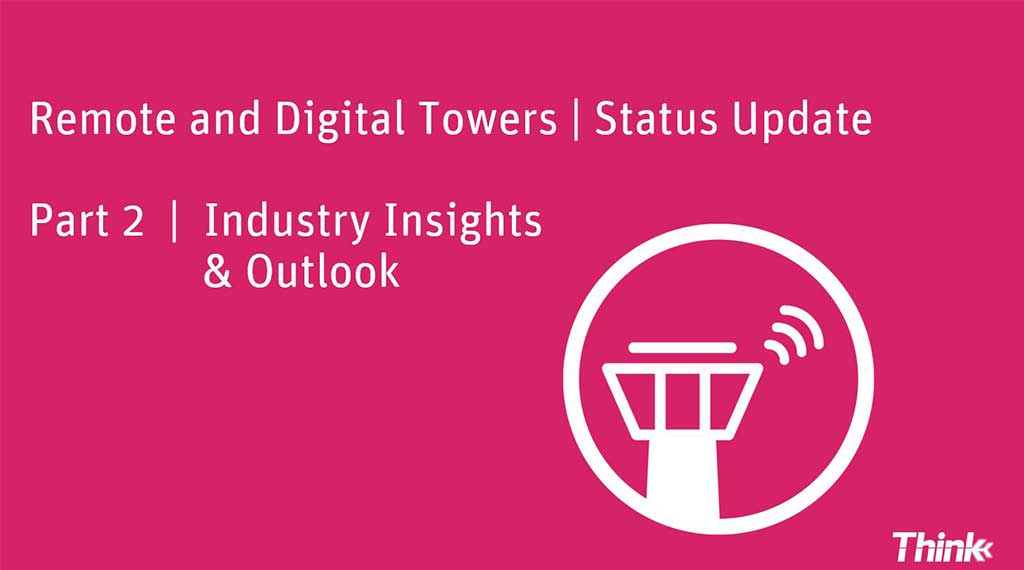

Recent Comments